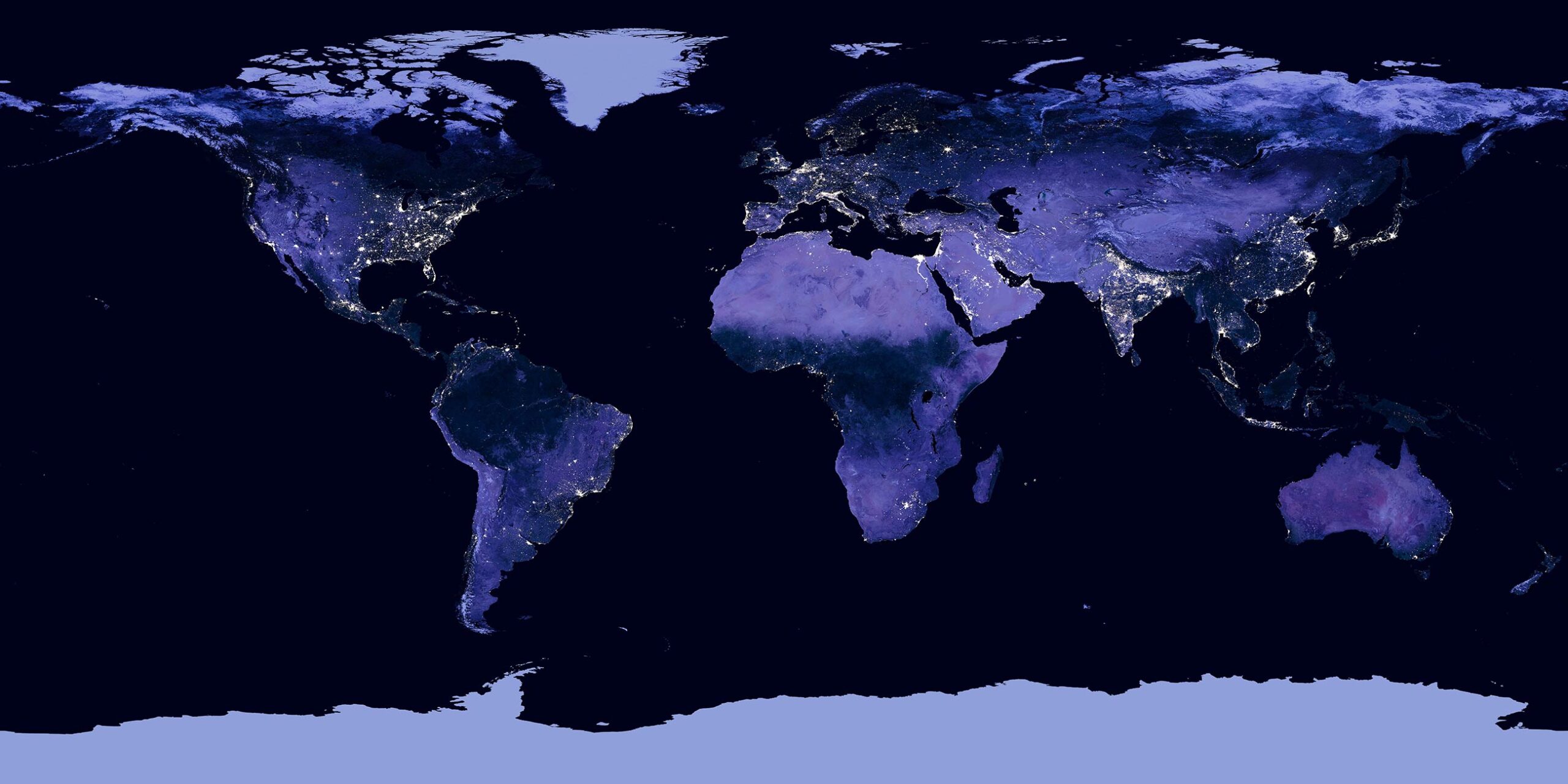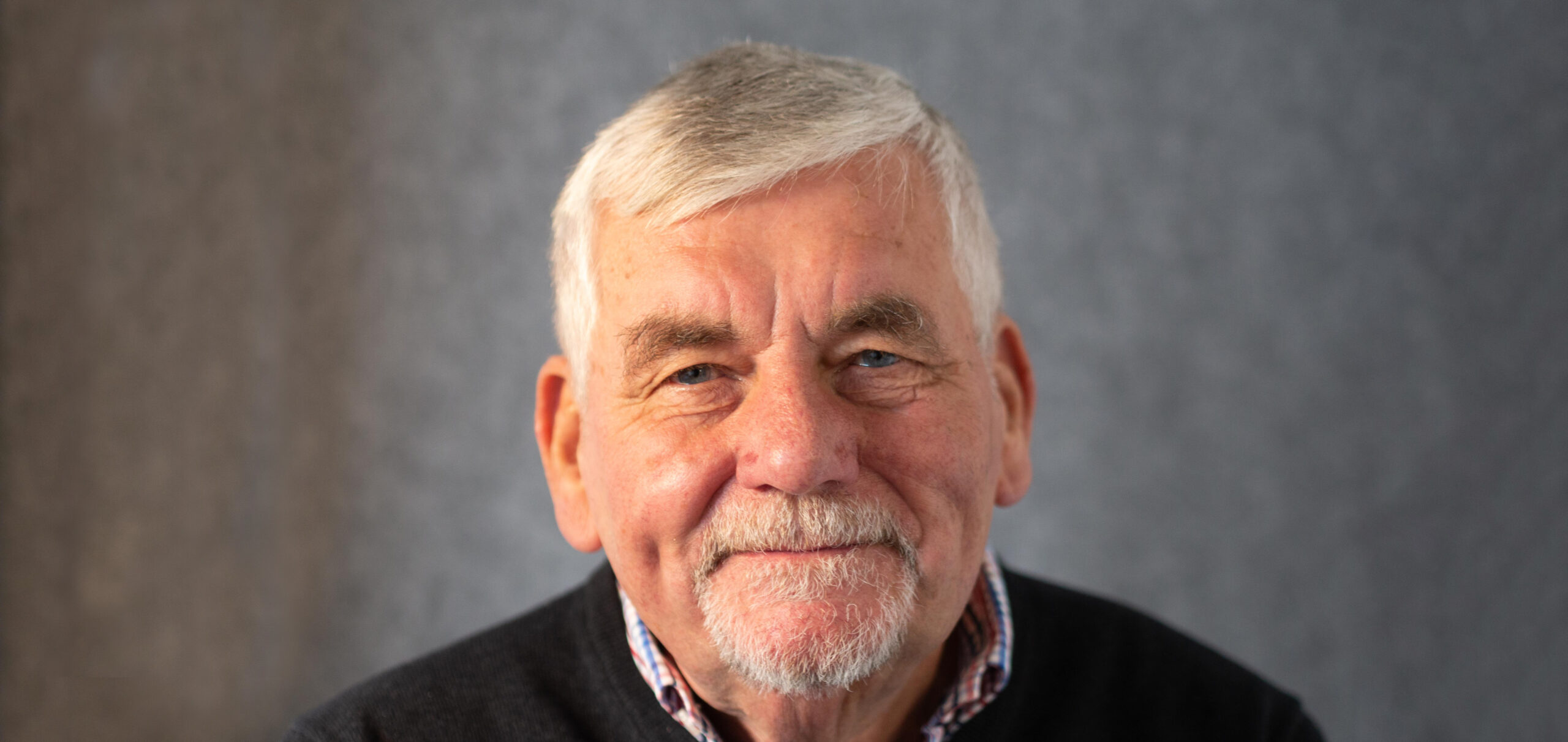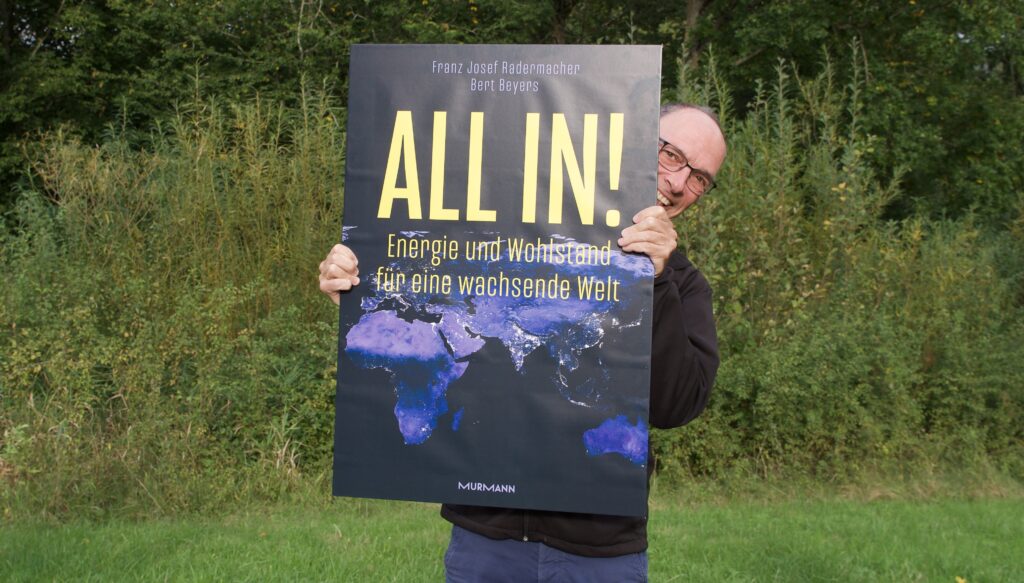At this point, some news of the last few weeks will be addressed which, from GES’ point of view, are reason for hope because they contain building blocks of a possible global solution and / or could help to develop a realistic view of the challenges ahead of us.
The Norwegian energy company Equinor and the German gas company VNG want to produce up to 230,000 tonnes of CO2-low hydrogen from natural gas in Rostock. This corresponds to almost 20 per cent of the current German hydrogen market. In the process, two million tonnes of CO2 are to be captured and shipped to Norway for permanent storage, annually.
Salzgitter AG in Lower Saxony wants to convert its own steel production from coking coal to green hydrogen by 2033 – in order to avoid 95 percent of CO2 emissions. The supervisory board has released 723 million euros for this purpose. GES is convinced that there are other, cheaper methods for climate-neutral steel production besides direct reduction with hydrogen, namely by using natural gas plus CCS.
The Conference of Economics Ministers (WMK) of the German Federal States has called on the Federal Government to develop a strategy for dealing with carbon capture and storage (CCS). This primarily concerns CO2-emissions which arise from industrial production processes (e.g., cement production). CO2-emissions resulting from the continued operation of coal-fired power plants in Germany should also be offset in the balance sheet.
Following the EU Commission, the European Parliament has now also come out in favour of including nuclear and gas power plants in the EU taxonomy plans. In future, investments in natural gas and nuclear power will thus be classified as sustainable.
According to the International Renewable Energy Agency (Irena), the cost of electricity from renewables continued to fall last year: Onshore wind minus 15 per cent, offshore wind minus 13 per cent and photovoltaics also minus 13 per cent. Irena expects the price of green hydrogen to be between US$1.00 and US$1.30 per kilogram in 2050. Three quarters of the hydrogen would be produced and used locally, one quarter would be transported via pipelines or shipped (mostly as an ammonia derivative).
Due to the war in Ukraine, the demand for liquefied natural gas (LNG) has increased significantly. Europe, in particular, is eager to fill its gas storage facilities. Higher prices are exacerbating the energy situation in emerging countries like Pakistan, Myanmar and Bangladesh, which are trying to alleviate their distress by buying more coal from Afghanistan.




